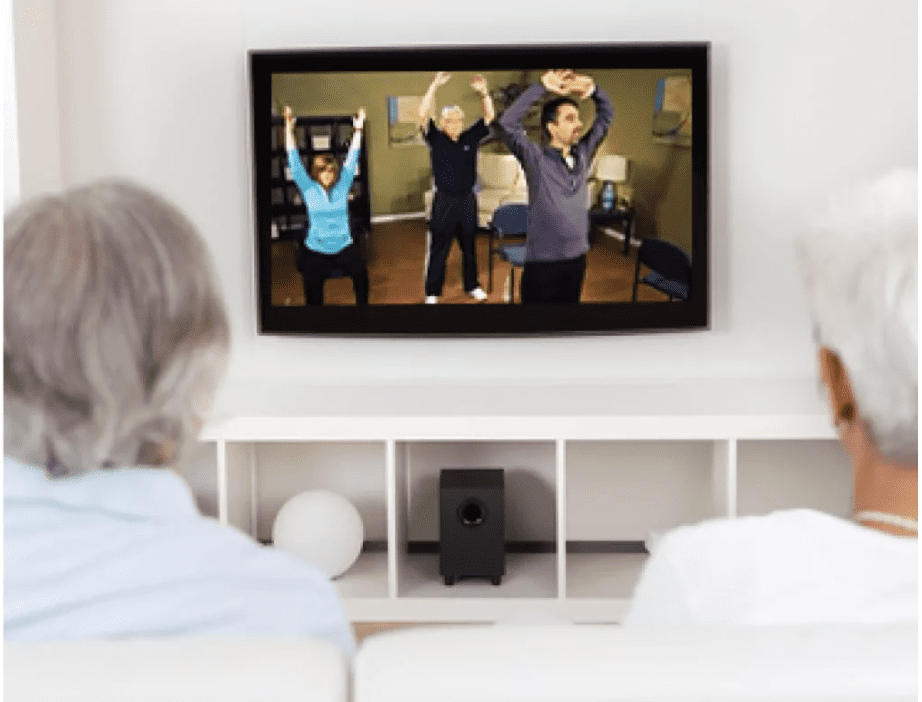Do you feel the need to hold onto furniture, counters or walls when you walk?
Do you find that you are walking shorter distances and are fatiguing more easily?
Is pain limiting your ability to walk or perform daily activities?
If you answered yes to any of these questions then you might wish to consider the benefits of using a walker to enhance your mobility, as you may be having difficulties with balance, endurance and arthritis.
Most people tend to experience some or all of these symptoms, but choose to put off their walker purchase for as long as possible. This is completely understandable! Purchasing a walker is not an event that we eagerly await. However, when people notice a decline in their ability to be physically mobile and socially engaged they start to consider how a walker might be useful to help them remain as independent as possible.
Here is some general information to help step you towards a walker purchase:
- When considering a walker purchase, the first step most people take is to visit a Home Medical Equipment vendor where they can see and try many different walker models. A Home Medical Equipment vendor can provide useful information about the products that are available, discuss warranty coverage, and answer your questions about after-sale service options.
- The Home Medical Equipment vendor will likely inform you about the possibility of accessing funding for your walker purchase. In the province of Ontario funding is available through the Ministry of Health & Long-Term Care – Assistive Devices Program (ADP). Eligibility for ADP includes any Ontario resident who has a valid Ontario Health card issued in their name, and has a physical disability of six months or longer. ADP also stipulates that mobility devices funded must meet the applicant’s “basic and essential” mobility needs. ADP pays up to 75 per cent of the cost of equipment and the individual applying for funding is responsible for paying the remaining balance. Please refer to this helpful Applicant Information Sheet about ADP
- As a next step, the individual who will be using the walker should be assessed by a Physical or Occupational Therapist to determine if a walker is needed and what particular walker style and size is recommended. The therapist takes into consideration the person’s medical presentation, physical abilities and functional needs, as well as environmental and accessibility issues related to the use of the walker. In order to access the funding available through ADP, the therapist who has completed your walker assessment must also be a Registered ADP Authorizer. This ADP Authorizer will ensure that the prescribed device meets your needs and will complete the Application for Funding form and submit it to ADP for review and processing.
- The client then completes the transaction by paying the Home Medical Equipment vendor the “client portion” of the cost of the device (i.e., the amount that is not funded by ADP). The vendor will receive payment directly from ADP for the portion that is funded by this government program.
A step in the right direction
Taking these initial steps towards getting a walker isn’t always easy, especially if the focus tends to be on the loss of physical ability leading up to the walker purchase. However, using a walker can also be viewed as a way to help people re-gain control and improve quality of life, especially when a steady decline has occurred over time. The decision to use a walker is about taking a positive step in the right direction despite changes that are taking place in your body and in your life. It is a decision that is made to promote safety and mobility through the use of specially-designed products that help us to remain independent.
I have been an ADP Authorizer since 1993 and have “walked” many people through these steps towards getting their own walker. It is a tremendous privilege and a pleasure to support my clients through this process and to help them maintain control of their mobility and independence.
Anita Salituri is an Occupational Therapist and founded Attune Aging Strategies and Solutions with her husband and Physiotherapist, Jim Salituri. With over 45 years of combined experience in the field of rehabilitation, they work together to create exercise programs for seniors and deliver educational workshops and skills enhancement training to professional and family caregivers. Attune is focused on enhancing the care and quality of life of older adults as they strive to remain living at home for as long as possible.



